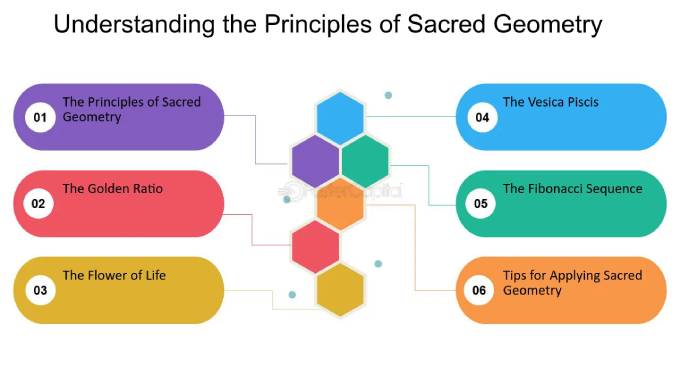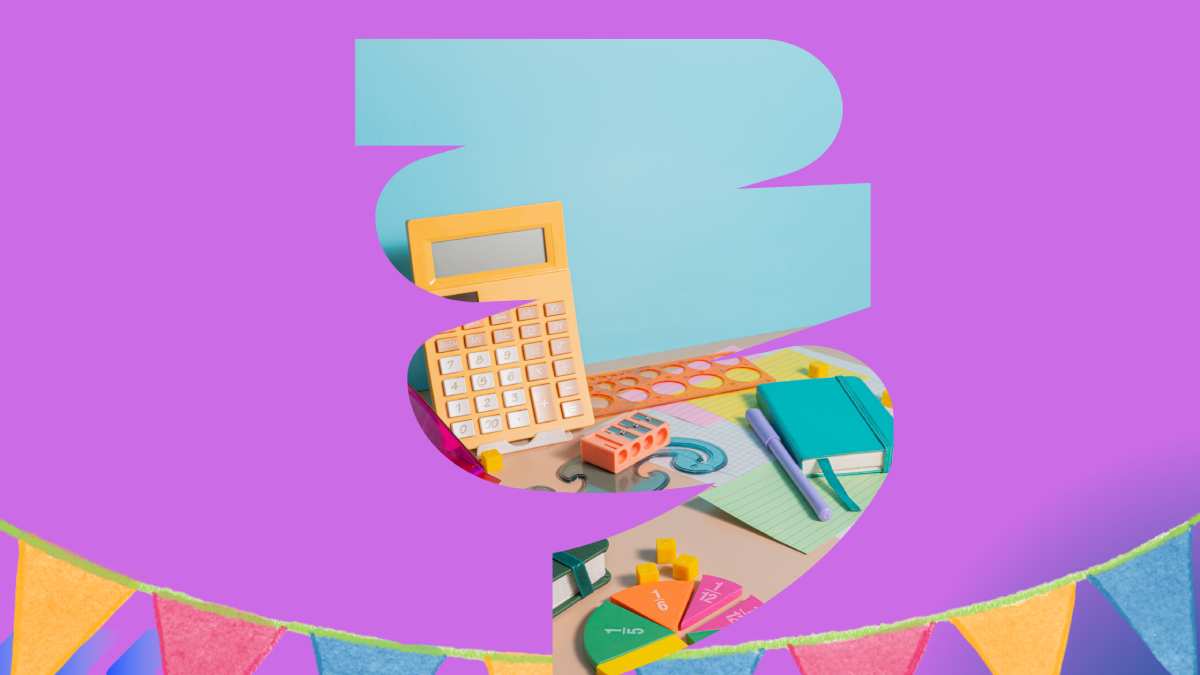Geometry. It’s not just about shapes and figures; it’s a fundamental part of understanding the world around us. From the way buildings are constructed to the patterns in nature, geometry is everywhere. But let’s face it, geometry can be a tough nut to crack for many kids. That’s where online tutoring platform comes into play, providing personalized, flexible, and engaging learning experiences. In this guide, we’ll delve into the fascinating world of geometry and explore how a dedicated tutor can make a world of difference.
Understanding the Basics of Geometry
Definition and History
Geometry, derived from the Greek words “geo” (earth) and “metron” (measure), is the branch of mathematics concerned with the properties and relations of points, lines, surfaces, and solids. Its origins trace back to ancient civilizations, where it was used for land surveying, architecture, and astronomy.
Fundamental Concepts
At its core, geometry involves understanding shapes, sizes, and the relative positions of figures. Key concepts include points, lines, angles, surfaces, and solids. These basics serve as the building blocks for more complex ideas.
Importance in Daily Life
Geometry isn’t just for math class. It’s used in art, engineering, architecture, robotics, and even computer graphics. Understanding geometry helps in problem-solving and logical thinking, skills that are valuable in everyday life.
Shapes and Their Properties
| Category | Shapes | Description |
|---|---|---|
| Two-Dimensional | Triangles | Polygons with three sides and three angles. Types include equilateral, isosceles, and scalene triangles. |
| Quadrilaterals | Polygons with four sides. Examples include squares, rectangles, parallelograms, and trapezoids. | |
| Circles | Perfectly round shapes defined by a center point and a circumference. Properties include radius, diameter, and circumference. | |
| Three-Dimensional | Cubes and Cuboids | Rectangular solids with six faces, twelve edges, and eight vertices. Properties include volume and surface area. |
| Spheres and Cylinders | Spheres are perfectly round 3D shapes, while cylinders have two circular bases. Properties include volume and surface area. | |
| Pyramids and Cones | Conical or pyramid-shaped solids with a polygonal base and a pointed apex. Properties include volume and surface area. |
Angles and Their Significance
Types of Angles
Angles are formed by two rays meeting at a point. Key types include:
- Acute Angles: Less than 90 degrees.
- Right Angles: Exactly 90 degrees.
- Obtuse Angles: More than 90 degrees but less than 180 degrees.
- Straight Angles: Exactly 180 degrees.
Measuring Angles
Angles are measured in degrees using a protractor. This measurement is crucial for understanding geometric properties and solving problems.
Angle Relationships
Understanding how angles relate to each other is key in geometry. Complementary angles add up to 90 degrees, while supplementary angles add up to 180 degrees.
The Role of Geometry in Problem-Solving
Logical Reasoning
Geometry enhances logical reasoning, helping kids think critically and solve complex problems by breaking them down into simpler parts.
Spatial Visualization
It improves spatial visualization skills, which are essential in fields like engineering and architecture, where imagining and manipulating objects in space is crucial.
Real-World Applications
From designing buildings to creating art, geometry has countless real-world applications that show its practical importance.
Geometry Tools and Resources
Geometric Instruments
Tools like rulers, compasses, and protractors are essential for accurate geometric measurements and constructions.
Online Tools and Apps
There are numerous online resources, including interactive apps and websites, that make learning geometry engaging and fun.
Books and Workbooks
Workbooks and textbooks provide structured learning and practice opportunities, helping kids master geometric concepts.

Effective Learning Strategies for Geometry
Visual Learning Techniques
Using diagrams and visual aids helps students understand complex geometric concepts more easily.
Practice and Repetition
Regular practice and repetition are key to mastering geometry. Solving problems repeatedly helps reinforce concepts.
Interactive Learning
Interactive sessions, such as hands-on activities and digital tools, engage students and make learning more enjoyable.
Geometry Tutoring Techniques
Personalized Learning Plans
Customized learning plans address the unique needs and strengths of each student, ensuring effective learning.
Interactive Sessions
Engaging, interactive sessions help students grasp concepts more readily and retain information better.
Progress Tracking
Regular progress tracking helps tutors and students see improvements and identify areas needing more focus.
Case Studies and Success Stories
Real-Life Examples of Students
Success stories of students who have improved their geometry skills through tutoring highlight the effectiveness of personalized learning.
Impact of Geometry Tutoring
These stories show how geometry tutoring can boost confidence, improve grades, and foster a love for math.
Common Challenges in Learning Geometry
| Challenge | Description |
|---|---|
| Abstract Concepts | Geometry often involves abstract ideas that can be difficult for students to visualize or understand. Concepts like points, lines, and planes may seem disconnected. |
| Visualization Issues | Some students struggle with visualizing geometric shapes and their properties in three-dimensional space, making it challenging to grasp spatial relationships. |
| Test Anxiety | Test anxiety can hinder students’ performance in geometry exams, leading to decreased confidence and difficulty demonstrating their understanding of geometric concepts. |
Overcoming Geometry Learning Challenges
Simplified Explanations
Breaking down complex concepts into simpler, more understandable parts can help students overcome difficulties.
Hands-On Activities
Engaging in hands-on activities, like building models, can make abstract concepts more tangible.
Stress Management Techniques
Teaching stress management techniques can help students handle test anxiety and perform better in exams.
The Future of Geometry Tutoring
Technological Advancements
As technology evolves, so does the field of geometry tutoring. Virtual reality (VR) and augmented reality (AR) offer immersive learning experiences, allowing students to interact with geometric shapes in three-dimensional space. These technologies make abstract concepts more tangible and engaging, enhancing the learning process.
AI and Virtual Reality
Artificial intelligence (AI) plays a significant role in personalized learning. AI-powered tutoring systems analyze students’ strengths and weaknesses, adapting lessons to their individual needs. Virtual reality environments provide interactive simulations, enabling students to explore geometric principles in a hands-on manner.
Global Access
With the rise of online tutoring platforms, students from all corners of the globe can access high-quality geometry instruction. Geographic barriers are no longer a hindrance, as students can connect with experienced tutors regardless of their location. This global accessibility opens up new opportunities for learning and collaboration.
Conclusion
Geometry is more than just a branch of mathematics; it’s a gateway to understanding the world around us. Through online tutoring, students can unravel the mysteries of shapes and space, gaining valuable skills that extend far beyond the classroom. By mastering geometric concepts, students develop critical thinking, problem-solving, and spatial reasoning skills that are essential for success in various fields. With the help of dedicated tutors and innovative technologies, the journey to mastering geometry becomes an enriching and rewarding experience.
Read more: Calculus Tutor: Dive Deep into Differential Equations
FAQs
- How can I make geometry fun for my child?
- Introduce games and puzzles that involve geometric concepts, such as tangrams or shape sorting activities. Encourage hands-on exploration and creativity.
- What are some good online resources for geometry?
- Websites like Khan Academy, Mathway, and Geogebra offer tutorials, practice problems, and interactive tools to help students grasp geometric concepts.
- How often should my child have geometry tutoring sessions?
- The frequency of tutoring sessions depends on the individual needs and goals of the student. Consistency is key, so aim for regular sessions that allow for steady progress.
- Can geometry tutoring help with standardized test preparation?
- Absolutely! Geometry tutoring can improve students’ understanding of geometric concepts tested on standardized exams like the SAT or ACT, leading to better performance.
- What should I look for in a good geometry tutor?
- Look for tutors who have a strong background in mathematics and experience teaching geometry. Personalized attention, clear explanations, and a passion for helping students succeed are essential qualities to seek in a tutor.

